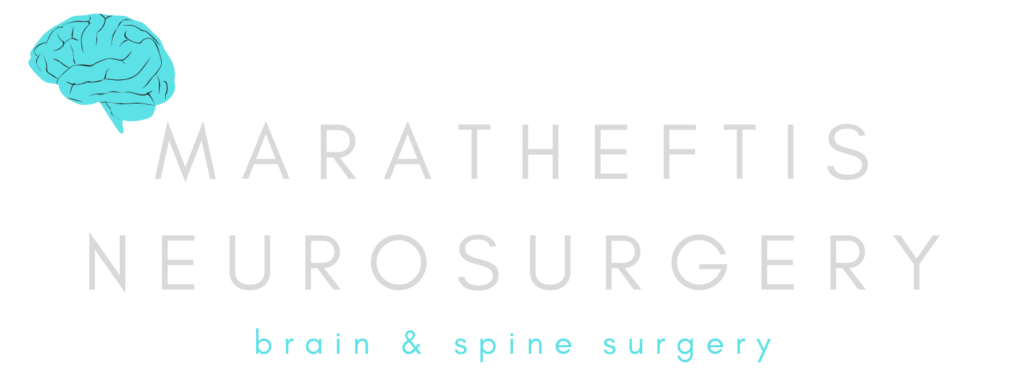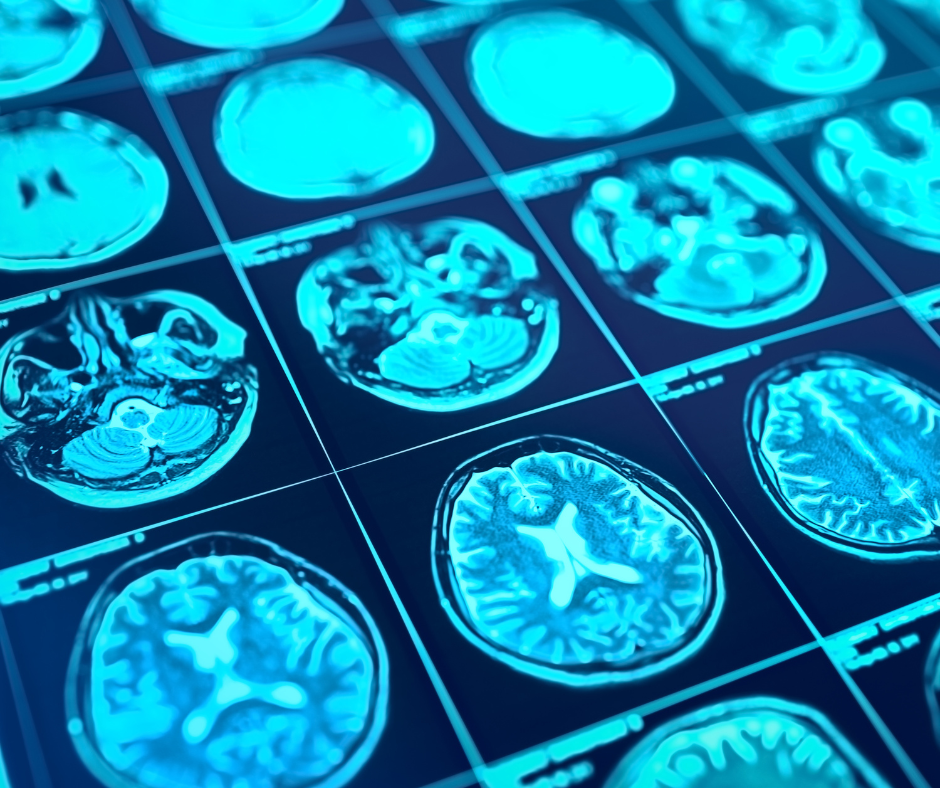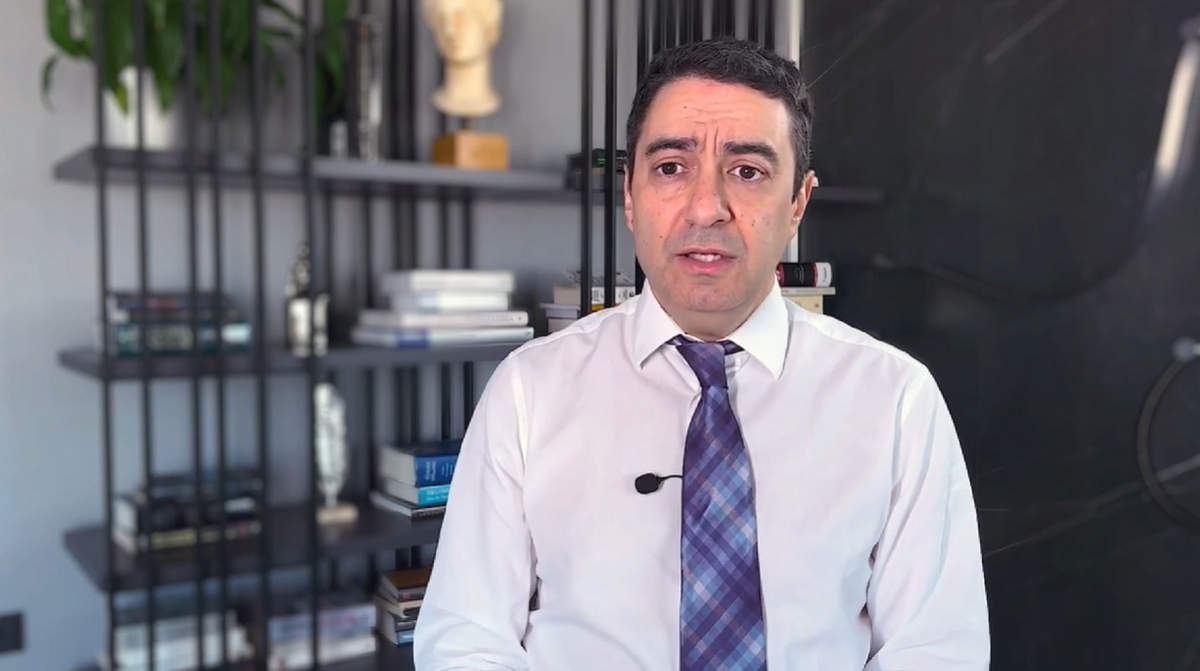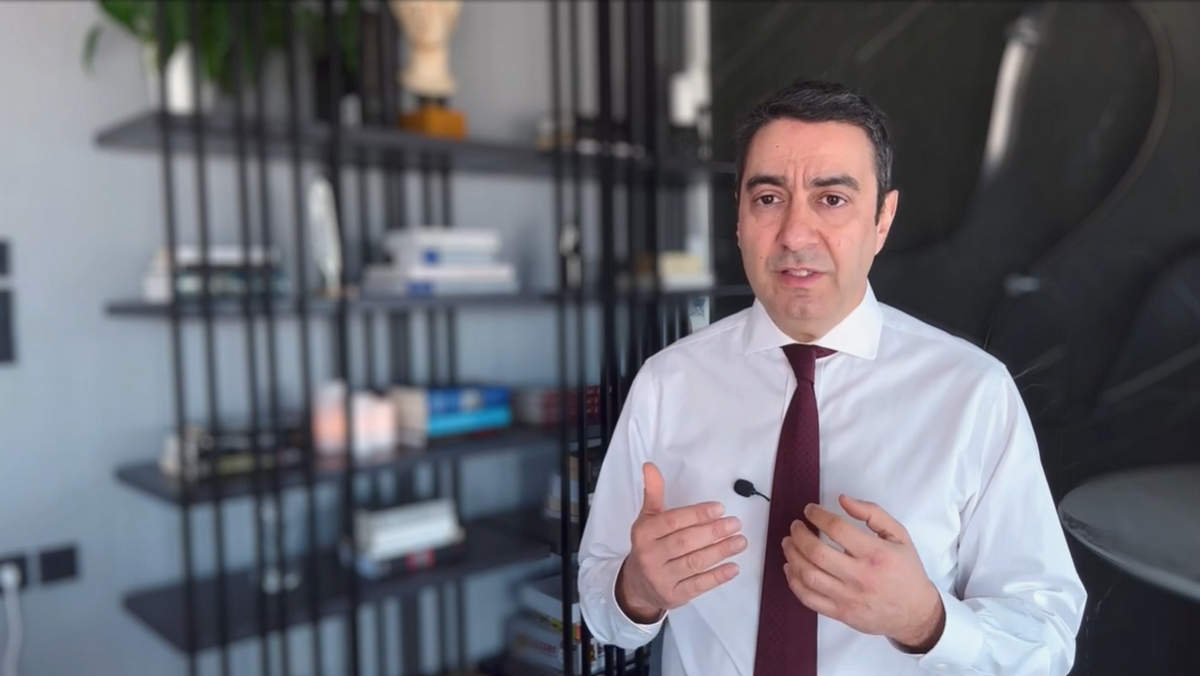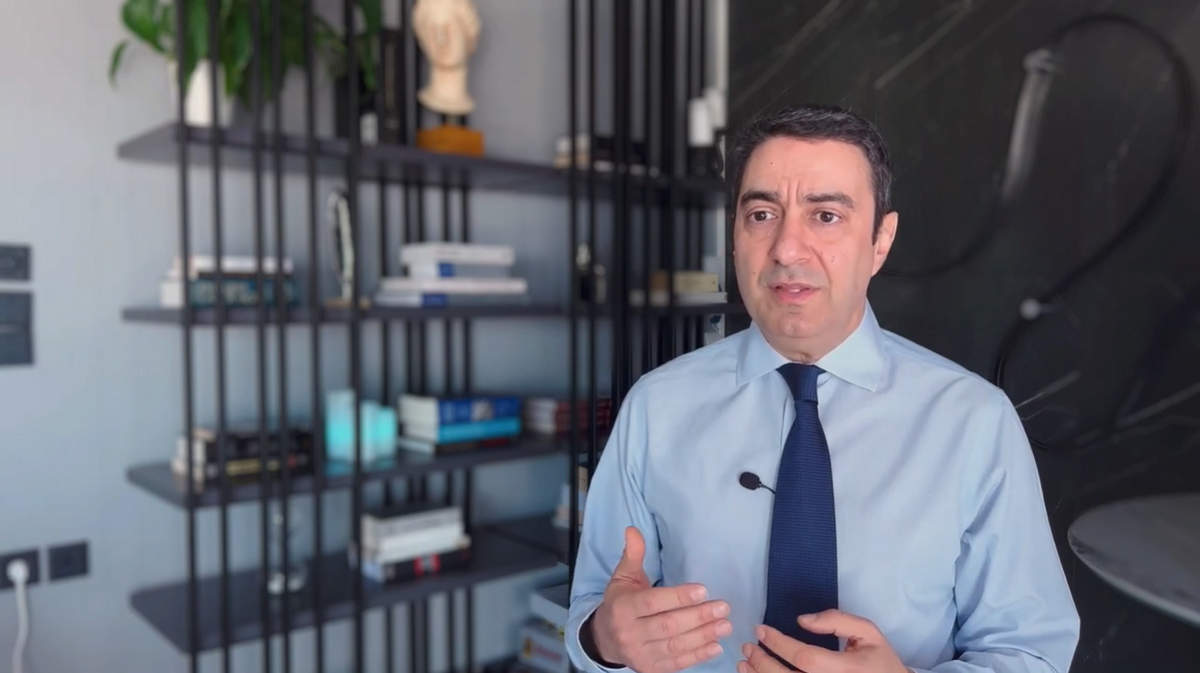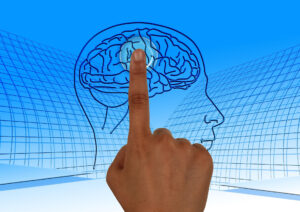These infections may affect the brain, the meninges, the cerebrospinal fluid, the surrounding tissues, and the bones of the skull and spine, as well as the spaces between these structures. They may be caused by a germ, a virus, or a fungus. Infections may sometimes be the result of open injury, extension of the infection from neighboring tissues (otitis, inflammation of the teeth, etc.), or even postoperative complications. With early diagnosis and appropriate treatment it is possible to save a patient’s life and prevent the onset of a severe neurological disability.
Viral infections
There are viruses, such as herpes simplex virus type I (HSV I), that are present in most people’s body anyway. Sometimes, either the virus is activated or the body’s defenses are weakened, which results in the onset of infection. The virus can infect peripheral nerves causing severe pain along the nerve, and a skin rash. If the brain is affected, then encephalitis is caused, which must be diagnosed and treated in time. Diagnosis of these infections requires CT/MRI and lumbar puncture. Clinical symptoms are behavioral disturbances, seizures, severe headache, drowsiness, weakness in one side of the body, and others. Treatment is based on antiviral drugs. Other viruses that cause similar infections are HSV 2, HIV (AIDS virus), and others.
Microbial infections
These include meningeal infections (meningitis), which are the most common central nervous system infections affecting infants, children, and adults. The germs that are usually responsible are streptococcus, pneumococcus (meningococcus), Haemophilus influenzae, and more rarely listeria, Escherichia Coli, and others. Prompt diagnosis and immediate start of antibiotic treatment save the patient’s life.
Parasitic infections
In the past, echinococcosis or cysticercosis were common due to poor personal and food hygiene, especially vegetables. Nowadays, they are still here, albeit on a smaller scale. Surgery may be needed to remove any cysts in the brain. Diagnosis is made by CT/MRI, and special serology tests. There is also special medication treatment.
Fungal infections
These can be caused by a pathogenic fungal infection, or occasional fungal infections that do not normally cause infections, unless the patient’s immune system is suppressed, as is the case in many patients with other serious chronic diseases. Fungi, such as candida albicans, aspergillus, and cryptococcus may be responsible for these infections. The diagnosis is made by CT/MRI, and examination of the cerebrospinal fluid; treatment is based on antifungal drugs.
Epidural Cerebral Abscess
This is a collection of pus between the dura mater and the bones of the skull. Bone infection may coexist. The infection could be extending from the sinuses (as in sinusitis). The diagnosis is made by CT. Treatment is based on antibiotics for 6 weeks and may require surgery and cleansing of the sinuses. Prognosis is very good, if there is an early treatment.
Subdural Cerebral Empyema
Inflammation is found between the meninges and the brain, therefore the brain is much more vulnerable to the infectious agent. The cause is usually a neglected inflammation of the sinuses, a skull fracture, postoperative infection, meningitis, and others. The ensuing cerebral edema (swelling of the brain) is a directly life-threatening condition for the patient. Surgery must be performed at a timely manner, to clear the pus and decompress the brain, otherwise it is a condition that leads to the death of the patient.
Intracerebral Abscess
This is a collection of pus in the brain. It can be caused by sinus infections, craniocerebral injury, or the transmission of germs through blood. The diagnosis is made by CT, following administration of contrast fluid. Sometimes, these lesions may look like a brain tumor and the first invasive approach is a biopsy of the lesion. If their size and position exert pressure on the brain, surgical removal of the entire lesion is required, and the patient always receives strong antibiotic treatment for 6 weeks. Repeated CT scans are required to confirm the effectiveness of the treatment.
Epidural empyema of the spinal cord
In immunosuppressed patients, or patients who have had surgery on the spine or epidural anesthesia or lumbar puncture, this infection may develop. Pressure on the spinal cord causes typical neurological symptoms and immediate surgical decompression must be performed to preserve spinal cord function. The diagnosis is possible via magnetic resonance imaging. Long-term administration of antibiotics to which the germ that caused the infection is sensitive (following a culture-antibiogram) is required. Tuberculosis of the spine may also cause a similar infection.
